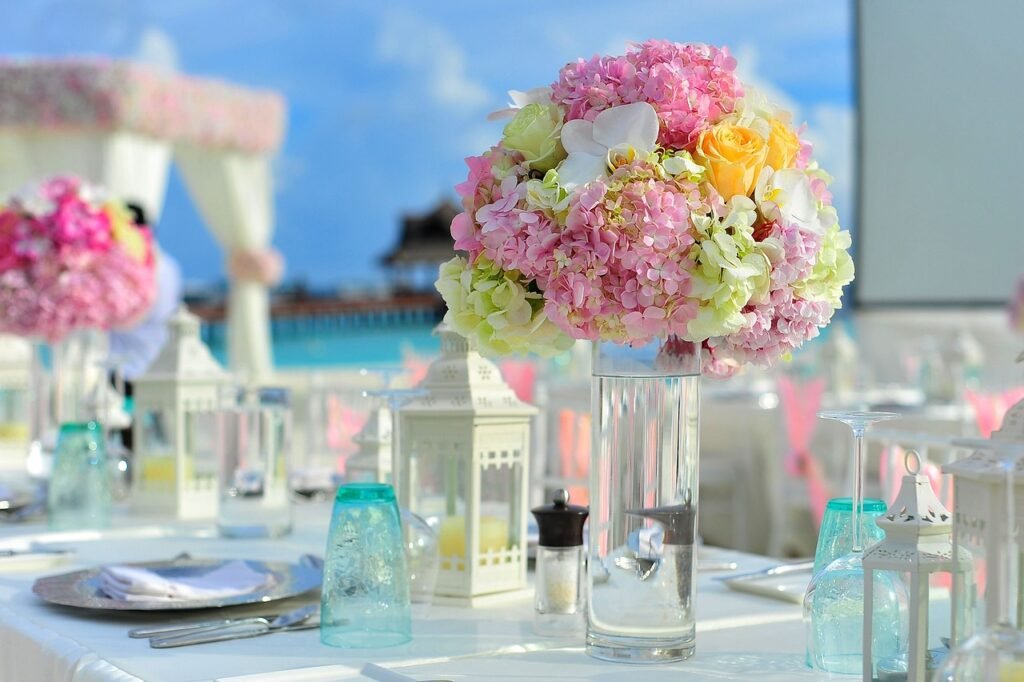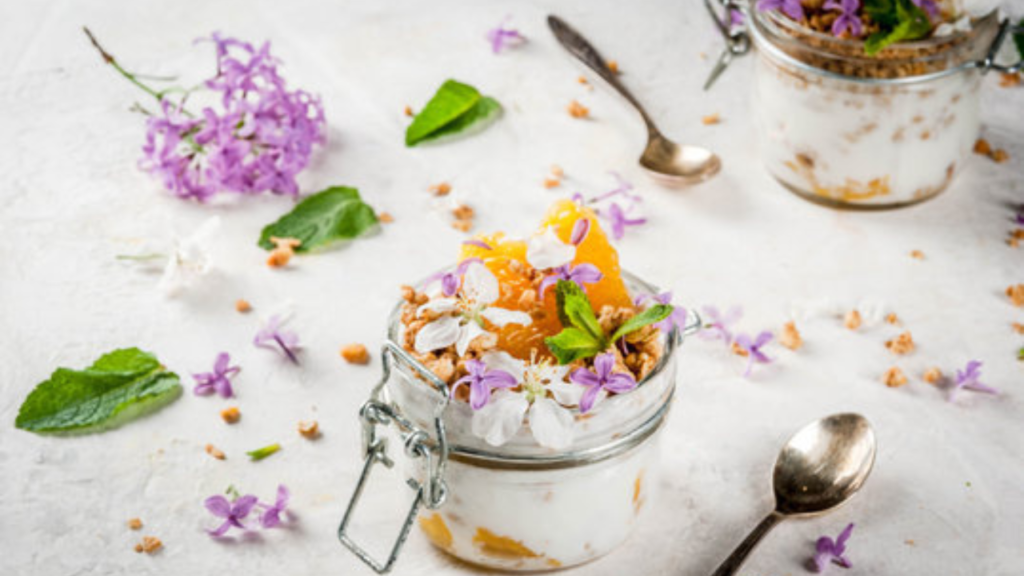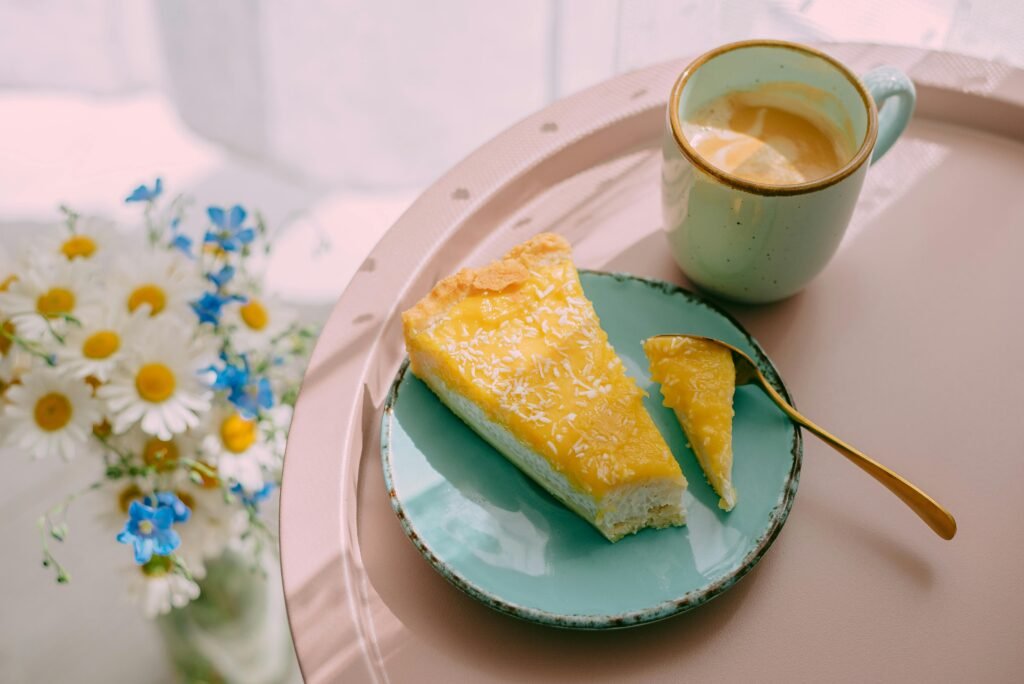Flowers & Food Pairings To Brighten Up Your Dining Surface
Presentation is definitely important, but the flavor of the food may ultimately be the most significant component in meals prepared by chefs. Eating at a restaurant offers more than just tasting the delicious food prepared by talented chefs. Both presentation and setting, including table centerpieces and numerous other more specialized elements, significantly impact guests’ entire dining experiences. This includes restaurant interior design.
A collection of flowers arranged in a container, a vase, box, pottery, basket, or other display vessel, is called an arrangement. The flowers are arranged into a moist flowery foam that functions as a sponge-like container for water.

They improve the appearance of residences, workplaces, gathering spots, and public areas, resulting in a cozier and more welcoming environment. When colors, forms, and textures are carefully combined in a skillfully designed arrangement, the results can be visually stunning. Sending Sympathy: Sending flowers is one of the ways to express compassion and emotions.
Any eating surface appears cozier when a lovely bunch of flowers is placed in the middle! We’ve got some original ideas to help you select the perfect flowers for your next centerpiece.

A vase’s height should be 1.5–2 times the height of the flowers. For instance, your flowers should be between 18 and 24 inches tall for a 12-inch flower vase. Maintain flower heights in bowl-shaped and tiny cube containers at roughly 1.5 times the vase’s height.
Staying around flowers reduces stress molecules like cortisol, and improves overall mental wellness. Being near plants has a calming and fulfilling effect, whether one is growing them or purchasing flowers. They’re a wonderful way to manage unpleasant emotions like tension and worry. A powerful up lifter of moods.

Use complementing floral scents to pair with your next meal, or use native flowers to honor the nation where your food originated. The next time you’re having sushi, use exotic ginger blooms as decoration. Why not employ a vibrant bird of paradise as the focal point of your next fiesta?
Could you have dreamed that the next time you desire a curry, you could pick up a bunch of jasmine or freesia to serve with your steak? Keep going to find out why these unusual pairings work so effectively.

A Spreading Trend,
As per our study of restaurant industry trends for 2018, color is becoming a more significant element of the food chef’s offer. Flowers are a more common option, even while colors used in sauces, dressings, and desserts can bring more bright hues to the table and prepare them for photos and social media sharing. Particularly well-liked are lavender and roses.
There are hundreds of possible combinations to try out when it comes to the huge diversity of colors, forms, and fragrances found in the world of flowers. You may begin plating for your customers once you’ve made your best selection. One other advantage of flowers is that some of them, definitely not all, can be eaten, which adds even more flavor to a delicious meal.
“People are increasingly opting to repurpose longer-lasting stems into posies or utilizing flower presses to immortalize their favorite blooms,” Emma Forsey, a florist, states.
Flowers, when used properly in food, have the innate power to arouse amazement and a sense of “that’s awesome due to their true beauty, vitality, and taste. Chefs may rapidly take their cuisine to the next level by using floral power. It is consequently important to learn how to employ them in a culinary context about flavor and presentation.

Particulars While Plating,
One of the best things about flowers is how widely available they are and how many different ways there are to grow or buy them. It shouldn’t be too hard to incorporate some flowers into your yard if your restaurant emphasizes farm-to-table cuisine. If you can’t cultivate your own flowers, you may still show support for other small businesses by building a relationship with a local florist. If cutting costs is your top priority, you can even look for the cheapest alternative at a club store or wholesaler.

It’s very important to always keep in mind that many flowers have a short shelf life, particularly if you’re only using the petals or the top of the flower. If kept correctly, they can survive a few days; otherwise, they wilt and lose their fragrance and color rather quickly. Tightly cover the jar or bag containing the flowers with a piece of damp paper towel to improve their shelf life, even for just one night of usage.
Color and flavor are two of the most important variables when choosing a certain flower. Thyme is already a popular plant with flowers varying in color from white to purple.

As long as the thyme strain itself is edible, the petals are edible as well, making it simpler to arrange the dish beautifully and give the guest the option of eating the flower or not. It’s surprising how much punch the spicy flavor has, and it works well as a spice in the same way as the ground herb.
Rose petals have brilliant colors and are full of symbolism. Both meals and sweets go well with them, but a combination of flavors and colors, like strawberry, can work particularly well. Think of a strawberry shortcake or cupcake garnished with rose petals. For a better-rounded flavor, you might also think about macerating strawberries with rose petals and using the petals as a garnish.

Consider creating some canapés that include edible flowers as a garnish, such as a cream cheese-topped cracker with a tiny flower on top. Use cornflower petals or the petals from flowers such as Mexican tarragon, dianthus, begonia, or chamomile.
Edible flower varieties include citrus blooms, clover, hibiscus, daisies, dandelion, honeysuckle, lavender, lilac, mums, nasturtium, pansies, roses, sunflowers, and violets. Garnish with chocolate. There are lots of chocolate garnish ideas that can give the impression that a professional chef produced your sweets.
Foods such as edible flowers, tomato roses, citrus stars, vegetable spirals, sauces and purees, seafood in shot glasses, and ravioli are served on a spoon.

Each Flowers Safe Percentage To Apply In Food,
Although incorporating flowers into meals is a beautiful way to display one’s culinary talents, there is a risk involved unless the chef is well-versed in floral arrangements.
Many flowers are edible, but some can also be poisonous. Moreover, while some flower genera in a family may be safe to eat, others may not be. While it may be safe to eat the plant’s flowers, other components of the plant may be toxic. A good example of this is honeysuckle, where the berries are extremely deadly but the blooms are safe to eat.
While there are some basic guidelines to go by when incorporating flowers into food, it helps that chefs conduct extensive research on their own before using flowers in recipes.
Some Flowers Great For Food,
Many flowers can be used safely in meals for flavor enhancement, presentation, or décor.
Popular Flower Types to Use,

- Cornflowers are flowers with blue, dark red, ivory, white, and pink hues. A light taste with a very subtle clove aftertaste. Use as a garnish, decoration, or food coloring.
- The flower hibiscus comes in white, red, orange, pink, peach, yellow, and purple hues. Taste sweet and tangy together, similar to cranberries. Uses for food coloring, tea, salads, garnishes, and alcoholic drinks like champagne.
- Violets are delicate, sweet flowers with a hint of floweriness. They are most usually violet, although they can also be blue, white, yellow, white, and cream in color. Uses: salad dressings; desserts; drinks; sorbets and ice creams; cakes; fresh or candied/crystallized garnishes.
- Use honeysuckle flowers for tea, ice cream sorbet, decorations, syrup, and jelly. Honeysuckle blooms are white, yellow, and orange in color. Be aware that while the berries are deadly, the blooms are edible. To protect diners, do extensive research before using.
- Flowers from pansies have a wide variety of vivid hues and a delicate, somewhat sweet taste akin to grass. Uses include salads, desserts, garnishes, and serving as part of a savory appetizer with fruit.

- The chrysanthemum color palette includes quite a few vibrant shades. Tangy flavor profile with a little bitterness undertone. There are spicy variations as well. Uses include flavor vinegar, salad dressings, and cake embellishments.
- Lavender is a strong fragrant aroma that goes along with its sweet, floral taste. It comes in pink, purple, violet, blue, and light gray color blossoms. Uses: to flavor champagne, cakes, custards, ice cream, sorbets, biscuits, and savory meals like stews or sauces.
- Sage Flowers have a taste similar to that of sage, but with a note of sweetness and a purple-blue, pink, and white color. Uses: as a garnish, salty to sweet meals (sautéed vegetables, ice cream, etc.), and a great method to intensify the flavor of sage if the herb is used in the dish.
- The colors of rose petals fluctuate drastically from soft pinks to deep, rich crimsons. Depending on the type, they may also taste fruity, minty, sweet, or spicy. In general, the richer the flavor, the more fragrant the rose. Uses for are nearly infinite. Beverages, syrups, most sweets, salad dressings, butter, food coloring, and vinegar flavoring.
These are simply a few of the flowers that are most frequently used in food preparation. Different blossoms include those of squash, pumpkin, nasturtiums, marigolds, dandelions, and various herbs like rosemary, basil, and oregano.

Guidelines For Using Flowers,
- When conducting research, make sure the flower is edible by using both the genus name and the specific name. This is important because some plants possess multiple varieties within a single species.
- Make sure there are no pesticides on the blooms. Avoid those from florists or nurseries, as well as those discovered by the side of the road, unless the grower certifies that they are chemical-free. Think about getting in touch with specialized farmers who supply restaurants and chefs with edible flowers.
- Avoid overdoing flowers in a dish as this may cause stomach issues for the customer.
- If a diner has a pollen allergy, removing the flower’s reproductive organs, the stamens, and pistils, can lessen the likelihood of an allergic reaction.
- Before using, give flowers a thorough cleaning.
- Eat only the petals unless other parts of the plant are safe to eat for studies.

These are just a few ideas to get you started. Check the fresh flower options in your area and begin matching floral arrangements with your meals. Selecting the ideal flower flavor combinations requires inquiry once you grasp the fundamentals of flower safety. It can be a fantastic method to produce inventive and unique meals that will undoubtedly please diners.




